![]()
![]()
![]()
Use LEFT and RIGHT arrow keys to navigate between flashcards;
Use UP and DOWN arrow keys to flip the card;
H to show hint;
A reads text to speech;
16 Cards in this Set
- Front
- Back

|
A vast network of roads helped to unite the Roman Empire.
|
|
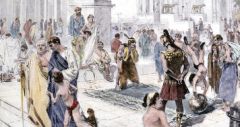
|
The area known as the Forum was the heart of Rome’s business, government, and religious life.
|
|

|
Bulls were often sacrificed to Mars, the Roman god of war.
|
|
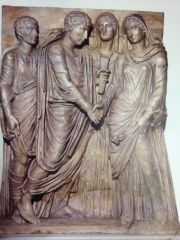
|
For young men and women in Rome, getting married was a step into adulthood. |
|
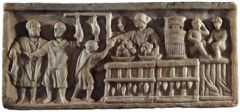
|
In Rome’s bustling marketplace, merchants sold many kinds of food and other goods.
|
|
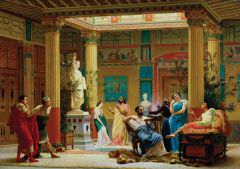
|
In this atrium of a wealthy Roman’s home, you can see the roof opening that let in light and the indoor pool that helped to cool the house.
|
|
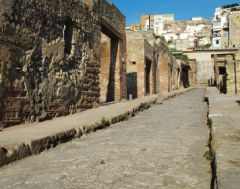
|
Unlike the rich, the empire’s poor lived in crowded, dirty apartment buildings.
|
|
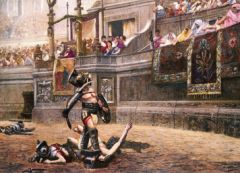
|
Rome’s gladiator contests were bloody—and deadly.
|
|

|
At the Circus Maximus, chariot races thrilled thousands of spectators. |
|
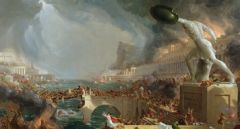
|
As shown in the painting, the city of Rome was attacked and looted in 410 C.E. by a Germanic tribe. In 476 C.E., the last emperor in Rome lost his throne. This is the event that Gibbon marked as the official fall of the western Roman Empire.
|
|

|
American artists have often used a Roman style in sculptures and paintings of heroes. Here you see a Roman statue of the emperor Caesar Augustus.
|
|

|
American artists have often used a Roman style in sculptures and paintings of heroes. Here you see a modern American statue of George Washington. |
|
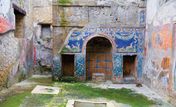
|
With their frescoes and mosaics, wealthy Roman homes were like art galleries.
|
|
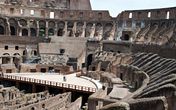
|
The Roman Colosseum has inspired stadium builders throughout history.
|
|
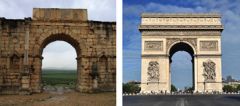
|
Roman arches (left) have been copied and adapted around the world. The Arc de Triomphe in France (right) is one famous modern example.
|
|
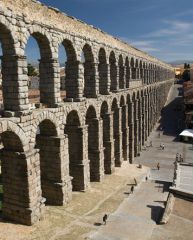
|
Ancient Roman aqueducts were so well built that some still stand in Europe today.
|

